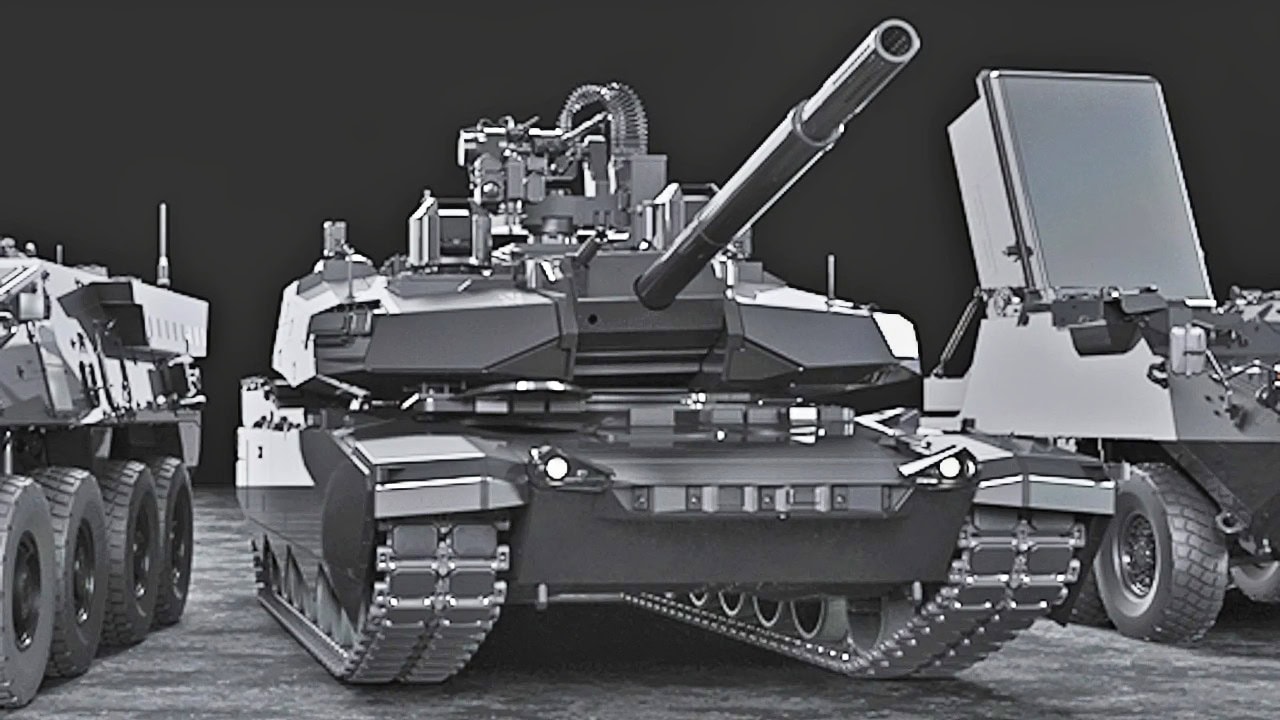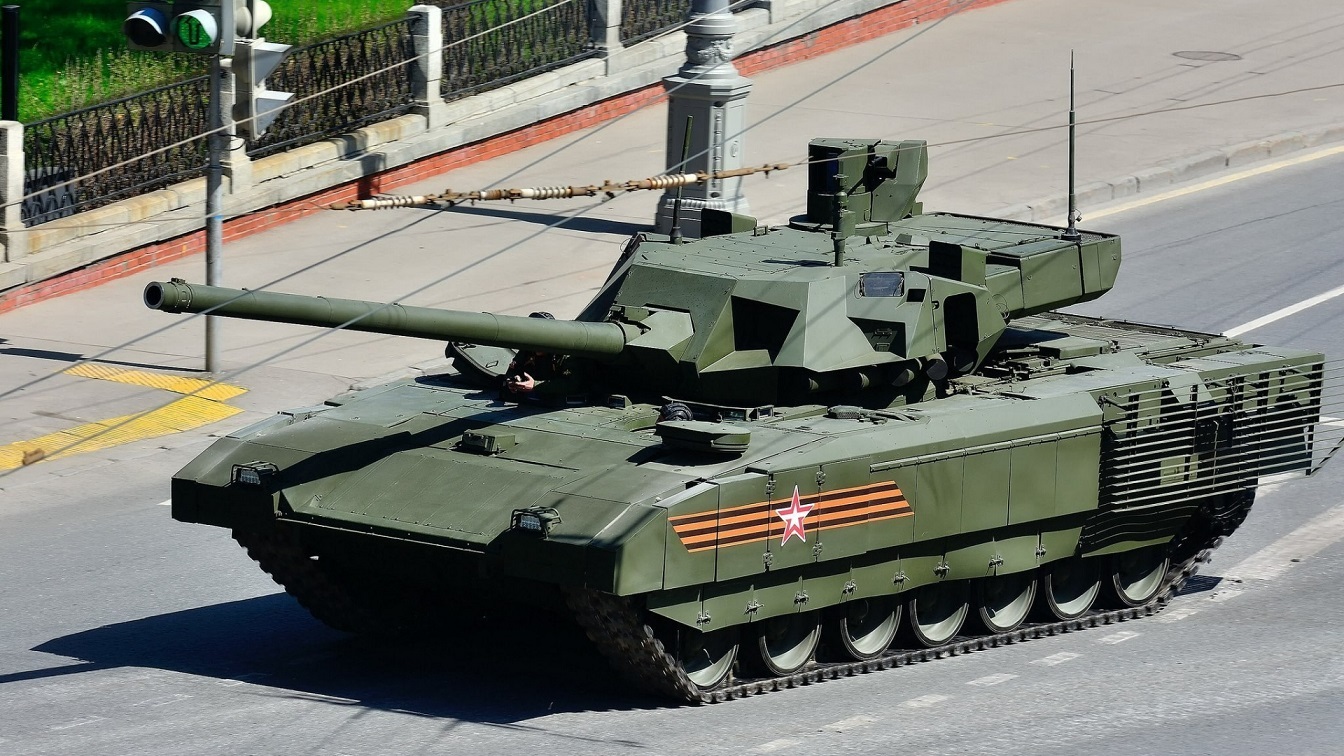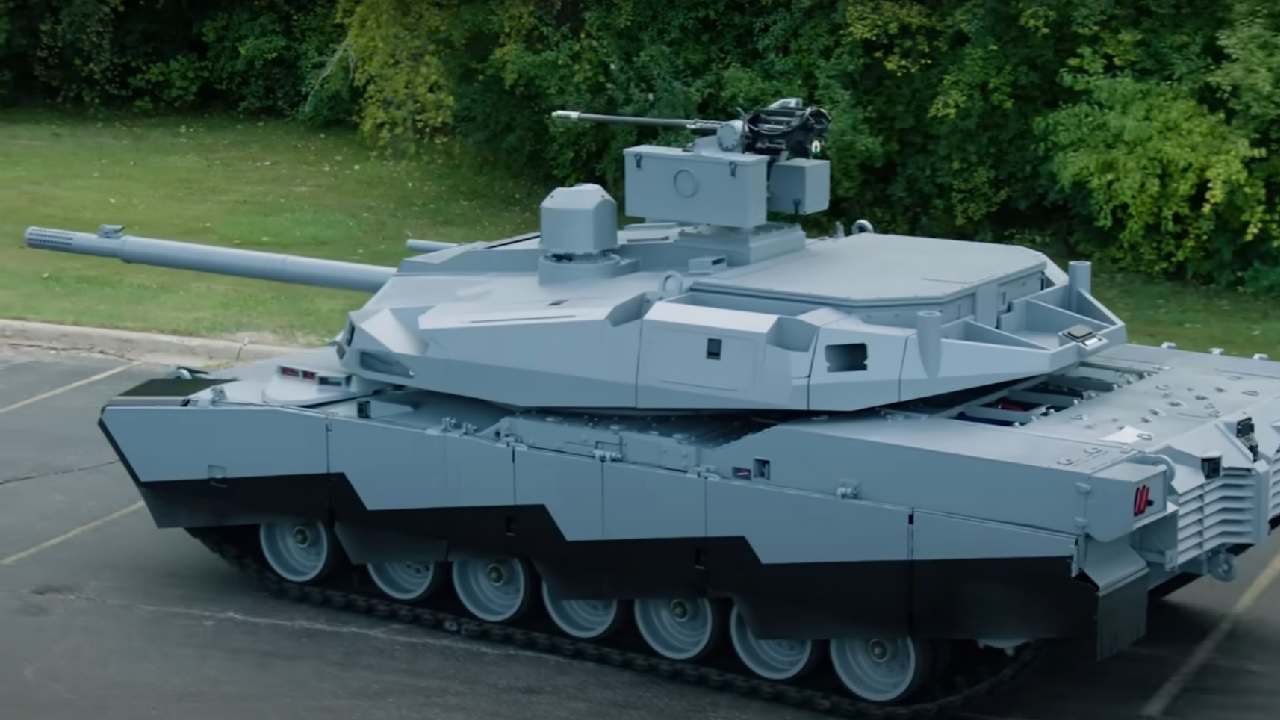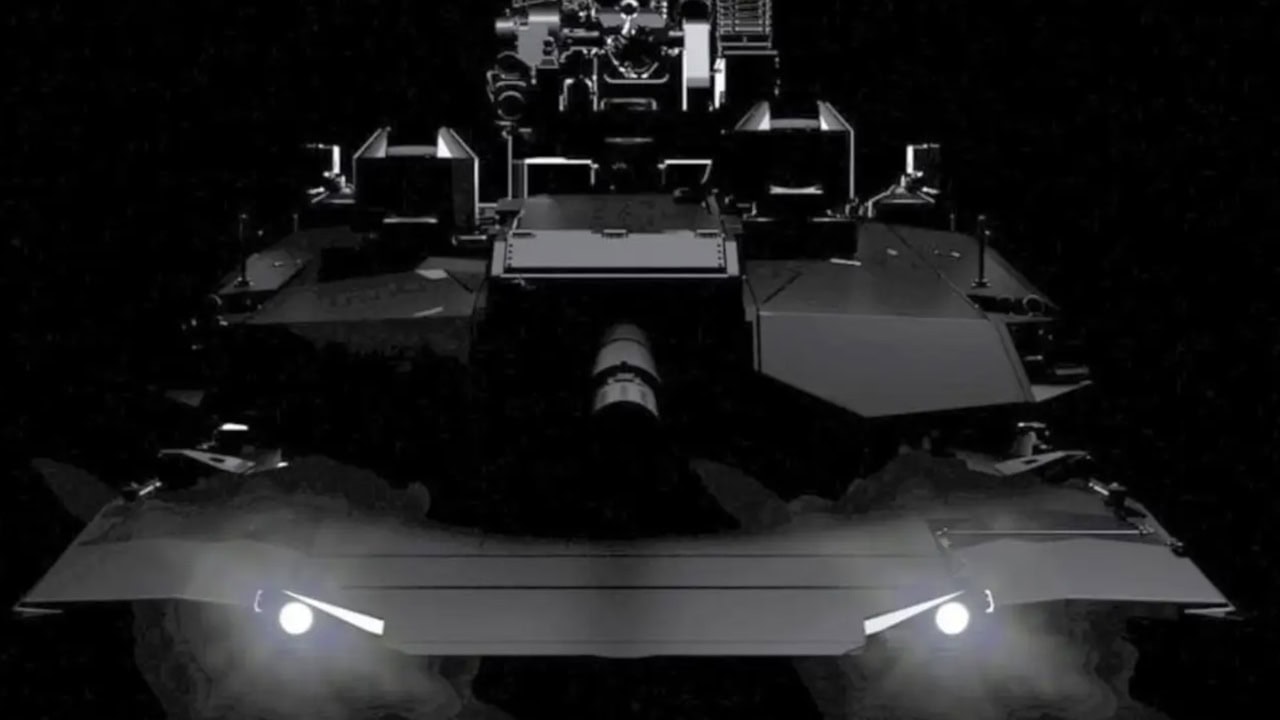Key Points and Summary: The AbramsX is a next-generation tank concept designed to revolutionize armored warfare, offering reduced weight, AI-driven targeting, and advanced protection systems.
-However, its reliance on lithium batteries, high production costs, and uncertain mass manufacturing capability raise concerns.

AbramsX Tank. Image Credit: Creative Commons.
-While it outmatches current tanks technologically, its battlefield viability remains unproven, especially against emerging drone threats.
-With China and Russia prioritizing mass production of their tanks, the U.S. faces a critical question: will the AbramsX provide the firepower needed for future conflicts, or will it be an expensive, impractical experiment?
-For now, the Army has yet to commit to full-scale production.
AbramsX: The Future of Tank Warfare or an Overpriced Experiment?
The AbramsX, a next-generation main battle tank (MBT) technology demonstrator, represents a significant leap forward in armored warfare. Developed by General Dynamics Land Systems (GDLS), it was first showcased at the Association of the United States Army defense exhibition in 2022.
This tank is designed to address emerging threats on the modern battlefield, incorporating advanced technologies and innovative design features. However, like any cutting-edge military technology, it has its strengths and weaknesses.
AbramsX: Reduced Weight, Increased Protection
One of the most notable strengths of the AbramsX is its reduced weight. Weighing in at 60 tons, it is lighter than the existing M1A2 Abrams, which weighs 68 tons.
This reduction in weight enhances its mobility, making it more adept at crossing bridges, navigating critical passageways, and matching the pace of maneuvering infantry and lighter vehicles.
This improvement directly addresses the U.S. Army’s concerns about the M1 Abrams tank’s weight potentially inhibiting its mobility and deployability.
The AbramsX is equipped with a new generation 120mm gun, potentially based on the XM-360 Future Combat System. This gun can fire a variety of new munitions, including Mid-Range Munitions (MRM), Advanced Multi-Purpose (AMP), and Advanced Kinetic Energy (AKE) shells.
This extensive arsenal ensures the AbramsX can deliver precise and potent firepower in response to various threats.

T-14 Armata Tank. Image Credit: Creative Commons.
The design of the AbramsX places a three-man crew at the front of the hull in an unmanned turret, similar to the T-14 Armata.
This configuration enhances crew protection by reducing their exposure to direct hits. The tank also incorporates advanced AI-driven targeting and 360-degree protection and electronic warfare systems, supposedly addressing modern threats such as drones.
These features collectively ensure that the AbramsX offers unparalleled crew protection while maintaining its combat effectiveness.
Vulnerability to Emerging Threats
Despite its advanced features, the AbramsX is not without its vulnerabilities. Despite its protection, these systems remain untested against fiber-optic kamikaze drones, so their true reliability remains unknown.
Another significant concern is its reliance on lithium batteries, which can be susceptible to damage and pose a fire hazard. This vulnerability could be exploited by adversaries, potentially compromising the tank’s operational effectiveness.
High Development and Maintenance Costs
The development and maintenance of advanced military technology like the AbramsX also comes with substantial costs. The integration of cutting-edge systems and materials can drive up the overall expense of the tank, making it a significant investment for the military.

AbramsX. Image Credit: Screenshot.
Considering other large projects like the F-35 and B-22 eating up large sums of taxpayer dollars, funding the AbramsX may be unwise.
Balancing the benefits of advanced technology with the associated costs will be a critical consideration for the U.S. Army.
Incorporating advanced technologies and automated systems in the AbramsX introduces a level of complexity that can pose challenges. Training personnel to operate and maintain these systems effectively will require significant time and resources. Time poses a considerable challenge.
If the U.S. enters a protracted war with China or Russia, how quickly and easily can the AbramsX be manufactured? Say what you will about the T-90M, but the Russians can pump them out of factories every month.
Could the same be said about the AbramsX? When push comes to shove, the U.S. will need large quantities of tanks to win a near-peer conflict. My concern is that the AbramsX, impressive as it seems, will not provide the U.S. with the quantitative advantage it needs to best adversaries like China.
AbramsX: The Path Forward or a Dead End?
The AbramsX represents a bold step forward in the evolution of main battle tanks, offering enhanced mobility, advanced armament, and superior crew protection. Its integration of cutting-edge technologies positions it as a formidable force on the modern battlefield.
It is important to remember that the AbramsX is still just a tech demonstration by GDLS. The Army has yet to order any prototypes for testing. Thus, the future of the Abrams X is uncertain.
However, if the Army moves forward with the project and addresses its vulnerabilities and managing costs, the AbramsX may very well define the future of tank warfare.
About the Author : Isaac Seitz
Isaac Seitz, a 19FortyFive Defense Columnist, graduated from Patrick Henry College’s Strategic Intelligence and National Security program. He has also studied Russian at Middlebury Language Schools and has worked as an intelligence Analyst in the private sector.

